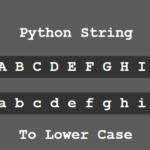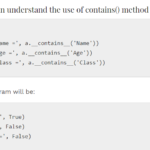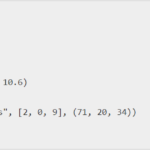The python iter() method is used to return an iterable object. An iterable can be a Python list, Python tuple, etc.

Python iter() method Syntax :
iterableObject= iter(object, sentinel)object: which needs to be converted to iterable.
sentinel: This is an optional argument. It represents the end of an iterator.
iter() method Examples in python
Below are the different types of examples.
Example 1:
Tup=('a','b','c','d')
obj=iter(Tup)
print(obj)
Output :
<tuple_iterator object at 0x000002823865E640>As you can see iter() method returns an object. For traversing an iterable using an iter() method, we use a next() method with the iterable object.
Example 2:
Tup=('a','b','c','d')
obj=iter(Tup)
print(obj)
print(next(obj))
print(next(obj))
print(next(obj))
print(next(obj))Output :
<tuple_iterator object at 0x00000235A83AE640>
a
b
c
d According to the above output, next() will return an element one by one. Therefore, next() is used to iterate the values. After traversing all the elements, it raises a StopIteration exception.
Example 3:
l=['a','b','c','d']
obj=iter(l)
print(obj)
print(next(obj))
print(next(obj))
print(next(obj))
print(next(obj))
print(next(obj))Output :
Traceback (most recent call last):
File "E:\Python files">
print(next(obj))
StopIteration
<list_iterator object at 0x000001A814854FD0>
a
b
c
dWe can also use Python for loop to iterate.
Example 4:
l=['a','b','c','d']
n= len(l)
obj=iter(l)
for i in range(0,n,1):
print(next(obj))
Output :
a
b
c
d











